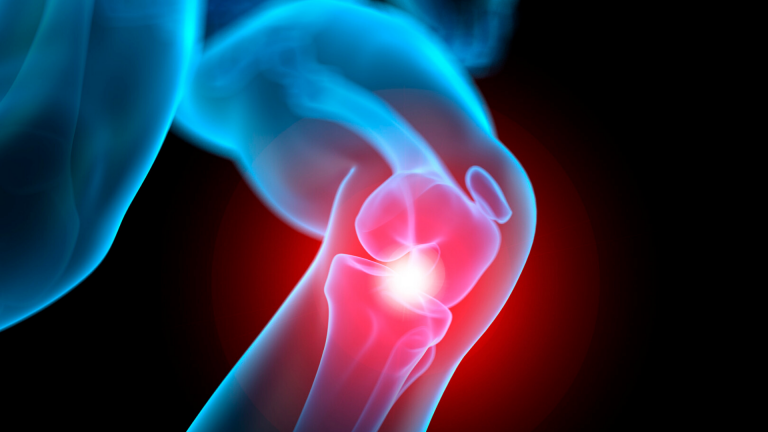Patellofemoral Pain Syndrome
Patellofemoral Pain Syndrome (PFPS) describes pain or discomfort through the anterior knee, specifically around and under the knee cap. Pain can be attributed to factors including, degeneration of articular cartilage, poor muscular control and weakness, patella maltracking, muscular tightness and biomechanical changes of the lower body and torso.
Correcting lower limb kinematics, muscle weakness and delayed muscle activation through rehabilitation effectively corrects the imbalance of forces on the patella during movement. Often patients with PFPS will present anterior chain dominant contributing to reproduction of symptoms.
Developing a well-structured rehabilitation program will aim to activate and strengthen:
Posterior Chain Muscles, including glutes, hamstring, calves.
Lumbo-Pelvic Complex, including stabilisation of the pelvis through abdominal and gluteal control.
Pelvic Stabilisation, including hip flexors, abductors and adductors.
Functional exercises including double leg and single leg squat, lunge and deadlift can be modified or regressed to focus on correct muscle activation, form and load tolerance. Equipment including theroband, power bands and exercise balls are helpful tools to engage stabilising muscles of the pelvis. Once stability and control is developed more functional movements including jumps can be integrated.
- Double Leg Squat Incline Squat Hold.
Allows for isometric loading of the patella tendon to develop force absorption and release.
Lunge Triple Extension.
Teaches the body correct activation patterns through the posterior chain (glutes, hamstrings then calves) to generate force within functional movement. - Single Leg Squat or Lunge Exercise Ball Glute Drive (High biomechanical correlation with running)
Allows for activation of glute stabilisers and hip abductors through full range functional movements. - Single Leg Squat or Lunge Surfer Squats
Regressed exercise to teach gluteal and quadriceps control to develop single leg strength and production of force. - Single Leg Squat Lateral Banded Lunge
Added external resistance to increase gluteal activation of a functional exercise. Aiming for increased load tolerance of glutes and automatic activation in absence of the band. - Double Leg Squat Double Leg Jump with Lateral Land
Progression of strength, stability and force tolerance and production for multi-directional movements requiring multi-directional loading. - Single Leg Squat Single Leg Jump
Progression of strength, load tolerance and production of force for functional movements requiring large ground reaction force.

